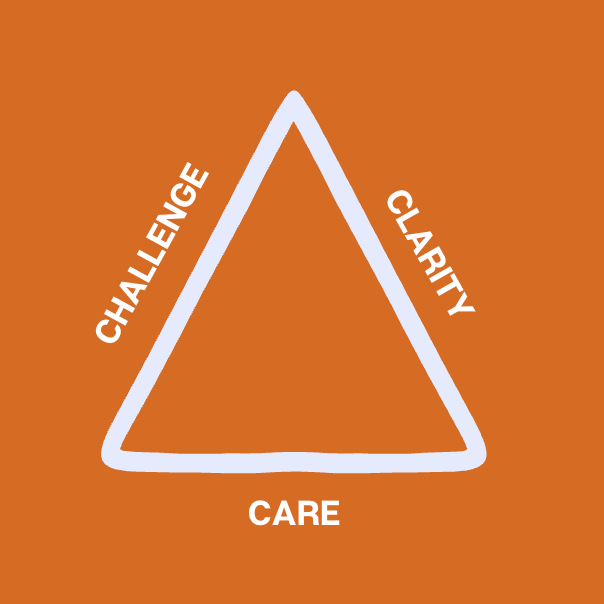Article by Don Moynihan: “From 2016 to 2020, the Australian government operated an automated debt assessment and recovery system, known as “Robodebt,” to recover fraudulent or overpaid welfare benefits. The goal was to save $4.77 billion through debt recovery and reduced public service costs. However, the algorithm and policies at the heart of Robodebt caused wildly inaccurate assessments, and administrative burdens that disproportionately impacted those with the least resources. After a federal court ruled the policy unlawful, the government was forced to terminate Robodebt and agree to a $1.8 billion settlement.
Robodebt is important because it is an example of a costly failure with automation. By automation, I mean the use of data to create digital defaults for decisions. This could involve the use of AI, or it could mean the use of algorithms reading administrative data. Cases like Robodebt serve as canaries in the coalmine for policymakers interested in using AI or algorithms as an means to downsize public services on the hazy notion that automation will pick up the slack. But I think they are missing the very real risks involved.
To be clear, the lesson is not “all automation is bad.” Indeed, it offer real benefits in potentially reducing administrative costs and hassles and increasing access to public services (e.g. the use of automated or “ex parte” renewals for Medicaid, for example, which Republicans are considering limiting in their new budget bill). It is this promise that makes automation so attractive to policymakers. But it is also the case that automation can be used to deny access to services, and to put people into digital cages that are burdensome to escape from. This is why we need to learn from cases where it has been deployed.
The experience of Robodebt underlines the dangers of using citizens as lab rats to adopt AI on a broad scale before it is has been proven to work. Alongside the parallel collapse of the Dutch government childcare system, Robodebt provides an extraordinarily rich text to understand how automated decision processes can go wrong.
I recently wrote about Robodebt (with co-authors Morten Hybschmann, Kathryn Gimborys, Scott Loudin, Will McClellan), both in the journal of Perspectives on Public Management and Governance and as a teaching case study at the Better Government Lab...(More)”.



